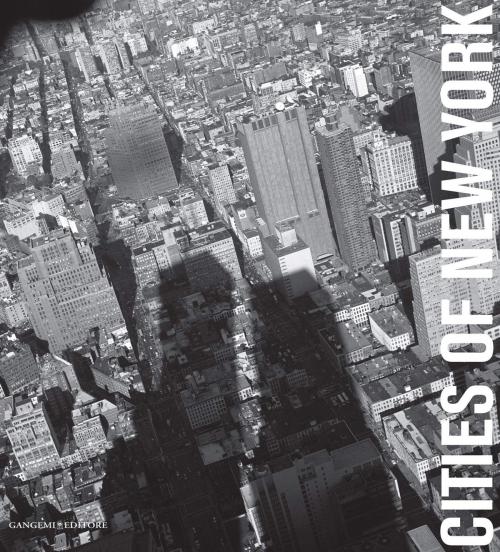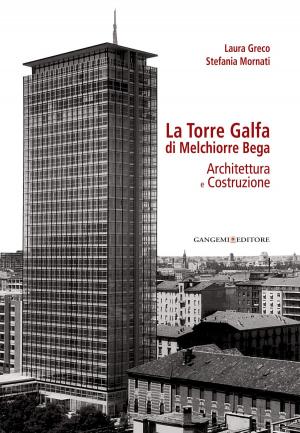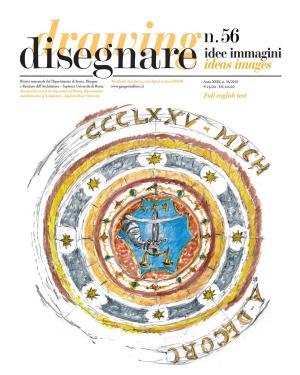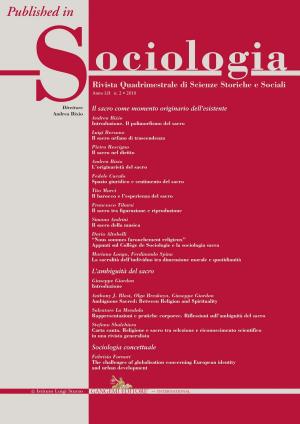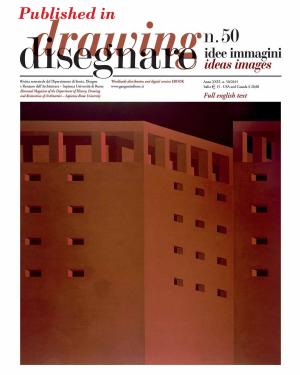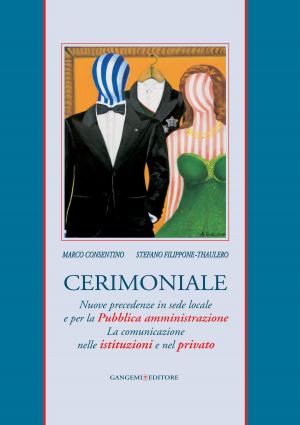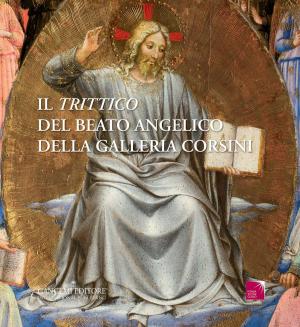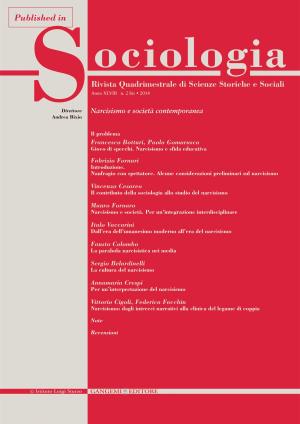Cities of New York
Mostra fotografica in ricordo dell’11 settembre 2001 - decimo anniversario dell'attacco alle Twin Towers
Nonfiction, Art & Architecture, Photography, Pictorials, Architectural & Industrial, Architecture, Architectural Photography, Collections, Catalogues & Exhibitions| Author: | AA. VV. | ISBN: | 9788849293951 |
| Publisher: | Gangemi Editore | Publication: | October 21, 2015 |
| Imprint: | Gangemi Editore | Language: | Italian |
| Author: | AA. VV. |
| ISBN: | 9788849293951 |
| Publisher: | Gangemi Editore |
| Publication: | October 21, 2015 |
| Imprint: | Gangemi Editore |
| Language: | Italian |
La notizia dell’attentato alle Torri Gemelle, trasmessa in tempo reale, dalle televisioni di tutto il mondo, l’11 settembre 2001, ci tolse il fiato. La disperata richiesta di aiuto di chi sventolava i fazzoletti dalle finestre, intrappolato negli uffici, il gesto estremo di chi, invece, da quelle finestre si lanciò nel vuoto, poi il crollo delle torri monumento della civiltà del benessere, franate così, come castelli di carta, in un attimo. Tutti quegli istanti e fotogrammi nella più estenuante delle dirette sembravano - e ancora oggi, a distanza di anni, sembrano - surreali. Così atroci da non poter essere veri. Ma purtroppo, drammaticamente e crudelmente concreti. La mostra “Cities of New York”, li racconta, tra storia di allora e cronaca dell’oggi, in una visione che dalla distruzione passa alla ricostruzione, puntando l’attenzione su ciò che inevitabilmente è stato perduto ma anche sul potere della memoria. E, soprattutto, sul suo dovere. Prendendo spunto dal dolore mai abbastanza lontano, la città di New York, attraverso il lavoro di fotografi differenti per stile e “sguardo”, viene raccontata in tutte le sue sfumature, per chiedere la giusta attenzione, tra diritto di cronaca e diritto all’oblio, diffusione della storia e rispetto delle storie. È la New York stereotipata della pubblicità o quella calorosa dei suoi tanti musicisti, la città frastornata dai suoi ritmi incalzanti e quella cronachistica da documentario. Poi, la New York “ferma” nel dolore dei tanti scatti, anche anonimi, fatti durante l’attentato che prendono voce nel video “Rebirth” con le testimonianze di parenti di alcune delle vittime. Una città che va avanti, custodisce e non dimentica. Una città che riflette sul proprio dolore e che, diventata suo malgrado monito, si offre come stimolo alla riflessione internazionale. The news of the attack on the Twin Towers, broadcast worldwide in real-time on September 11, 2001, took our breath away. The desperate call for help of those who waved their handkerchiefs from the windows; trapped in their offices, the extreme gesture of those who from those same windows leapt into the void; then the towers collapsed, monuments to a civilization of wealth and wellness, crumbling like sand castles in a matter of seconds. All those instants and still images in the most grueling live broadcast seemed surreal – and still do today after many years. So terrible that they cannot be true, but unfortunately, are dramatically and painfully real. The exhibition “Cities of New York” tells their tale: the story of then and of today, in a vision that from destruction moves to reconstruction, focusing on what was inevitably lost but also the power of memory. And, above all, on its duty. The City of New York is told in all its nuances, taking cue from the pain which is never far enough away, through the work of photographers – each different in style and angle – winning true attention, between the right to make the headlines and the right to forget, letting history be known and respecting personal stories. The stereotypical New York of commercials or the welcoming city of its many musicians, the city bewildered by its fast-paced life and the city chronicled in a documentary. Then, the New York “frozen” in the pain of many shots, even anonymous, taken during the attack and now voiced in the video “Rebirth” with testimonies from the relatives of some of the victims. A city that moves on, but cherishes memories and does not forget. A city that reflects on its pain and that, in spite of itself, is now a warning and a reminder to reflect on at an international level.
La notizia dell’attentato alle Torri Gemelle, trasmessa in tempo reale, dalle televisioni di tutto il mondo, l’11 settembre 2001, ci tolse il fiato. La disperata richiesta di aiuto di chi sventolava i fazzoletti dalle finestre, intrappolato negli uffici, il gesto estremo di chi, invece, da quelle finestre si lanciò nel vuoto, poi il crollo delle torri monumento della civiltà del benessere, franate così, come castelli di carta, in un attimo. Tutti quegli istanti e fotogrammi nella più estenuante delle dirette sembravano - e ancora oggi, a distanza di anni, sembrano - surreali. Così atroci da non poter essere veri. Ma purtroppo, drammaticamente e crudelmente concreti. La mostra “Cities of New York”, li racconta, tra storia di allora e cronaca dell’oggi, in una visione che dalla distruzione passa alla ricostruzione, puntando l’attenzione su ciò che inevitabilmente è stato perduto ma anche sul potere della memoria. E, soprattutto, sul suo dovere. Prendendo spunto dal dolore mai abbastanza lontano, la città di New York, attraverso il lavoro di fotografi differenti per stile e “sguardo”, viene raccontata in tutte le sue sfumature, per chiedere la giusta attenzione, tra diritto di cronaca e diritto all’oblio, diffusione della storia e rispetto delle storie. È la New York stereotipata della pubblicità o quella calorosa dei suoi tanti musicisti, la città frastornata dai suoi ritmi incalzanti e quella cronachistica da documentario. Poi, la New York “ferma” nel dolore dei tanti scatti, anche anonimi, fatti durante l’attentato che prendono voce nel video “Rebirth” con le testimonianze di parenti di alcune delle vittime. Una città che va avanti, custodisce e non dimentica. Una città che riflette sul proprio dolore e che, diventata suo malgrado monito, si offre come stimolo alla riflessione internazionale. The news of the attack on the Twin Towers, broadcast worldwide in real-time on September 11, 2001, took our breath away. The desperate call for help of those who waved their handkerchiefs from the windows; trapped in their offices, the extreme gesture of those who from those same windows leapt into the void; then the towers collapsed, monuments to a civilization of wealth and wellness, crumbling like sand castles in a matter of seconds. All those instants and still images in the most grueling live broadcast seemed surreal – and still do today after many years. So terrible that they cannot be true, but unfortunately, are dramatically and painfully real. The exhibition “Cities of New York” tells their tale: the story of then and of today, in a vision that from destruction moves to reconstruction, focusing on what was inevitably lost but also the power of memory. And, above all, on its duty. The City of New York is told in all its nuances, taking cue from the pain which is never far enough away, through the work of photographers – each different in style and angle – winning true attention, between the right to make the headlines and the right to forget, letting history be known and respecting personal stories. The stereotypical New York of commercials or the welcoming city of its many musicians, the city bewildered by its fast-paced life and the city chronicled in a documentary. Then, the New York “frozen” in the pain of many shots, even anonymous, taken during the attack and now voiced in the video “Rebirth” with testimonies from the relatives of some of the victims. A city that moves on, but cherishes memories and does not forget. A city that reflects on its pain and that, in spite of itself, is now a warning and a reminder to reflect on at an international level.
